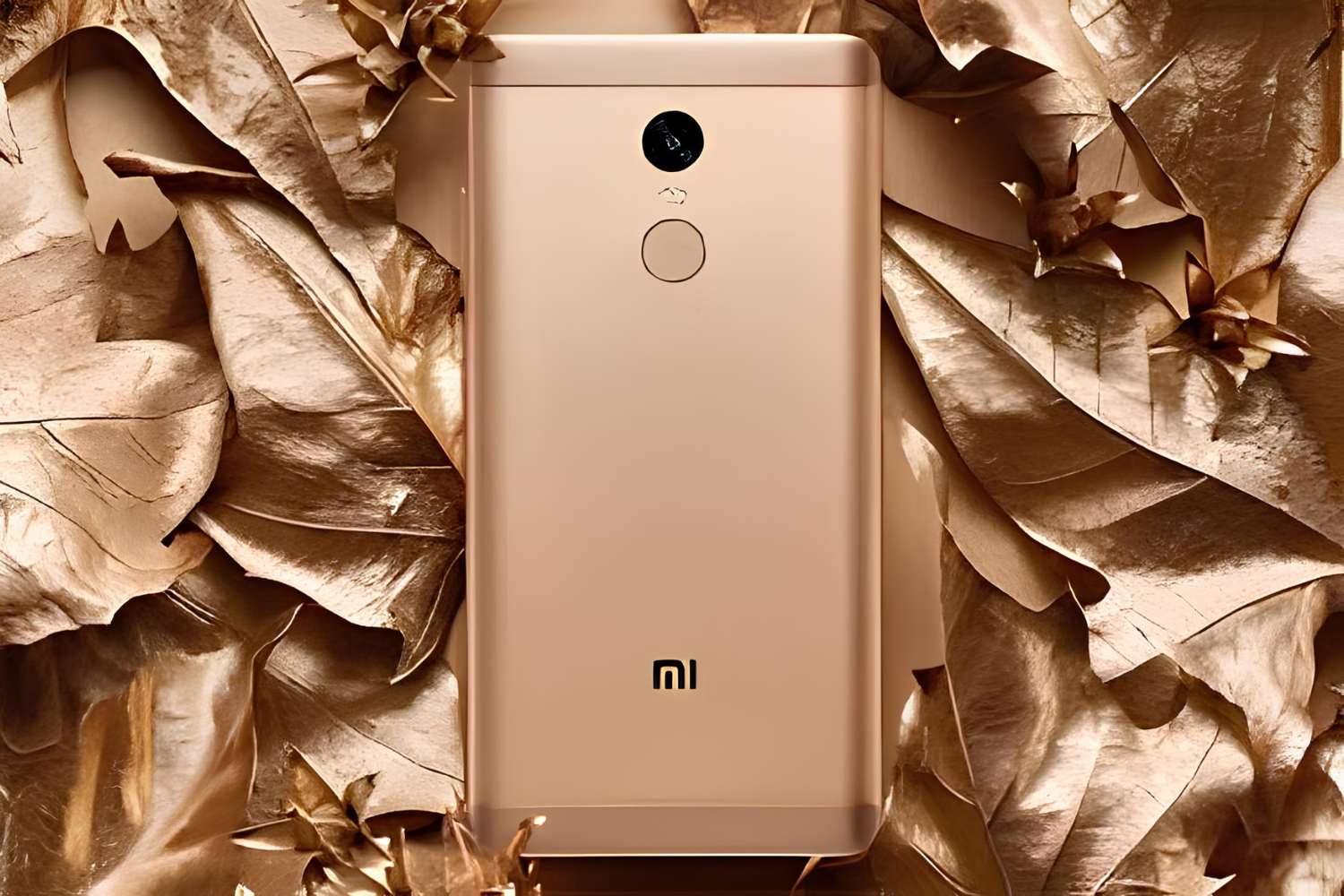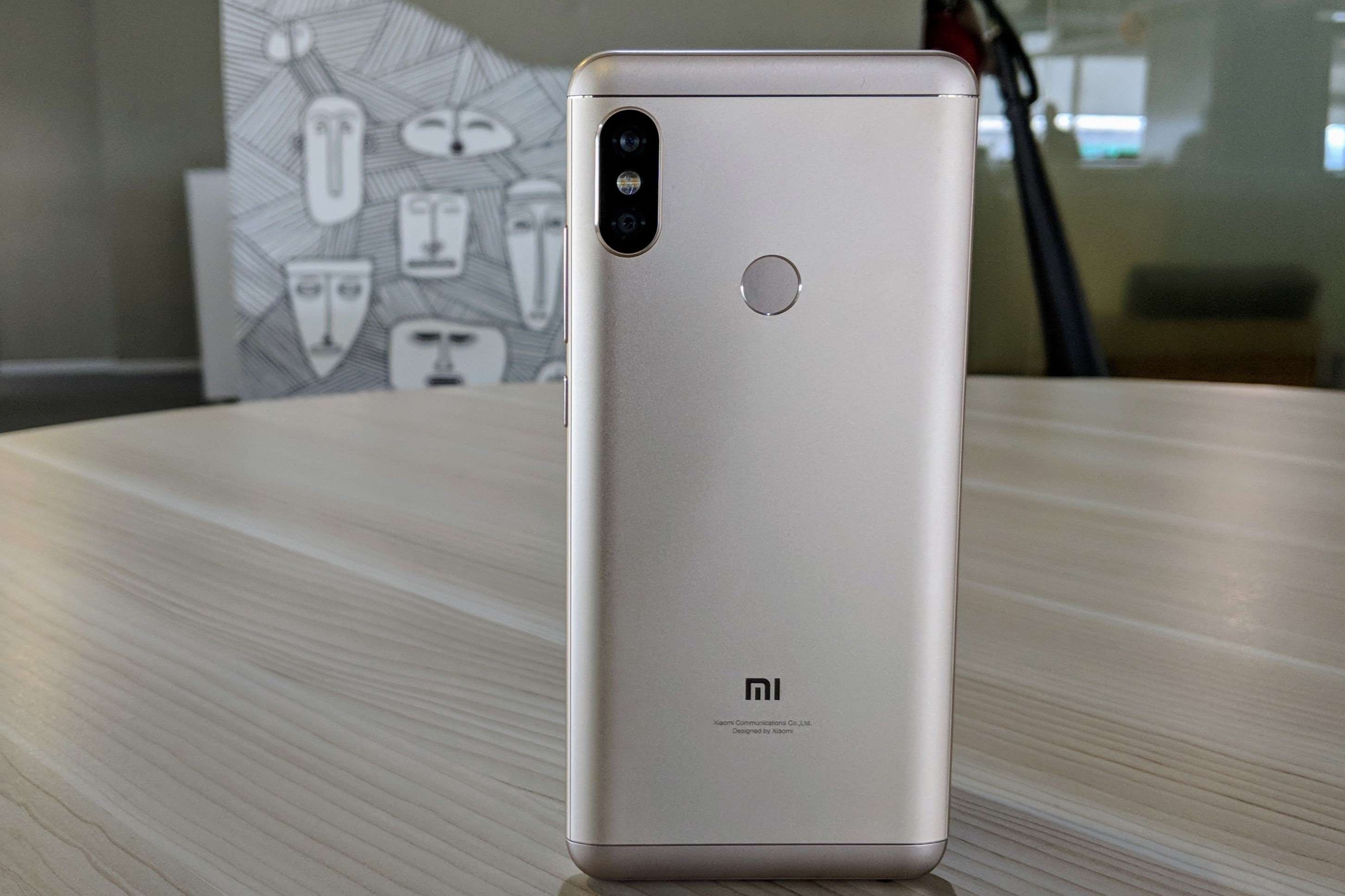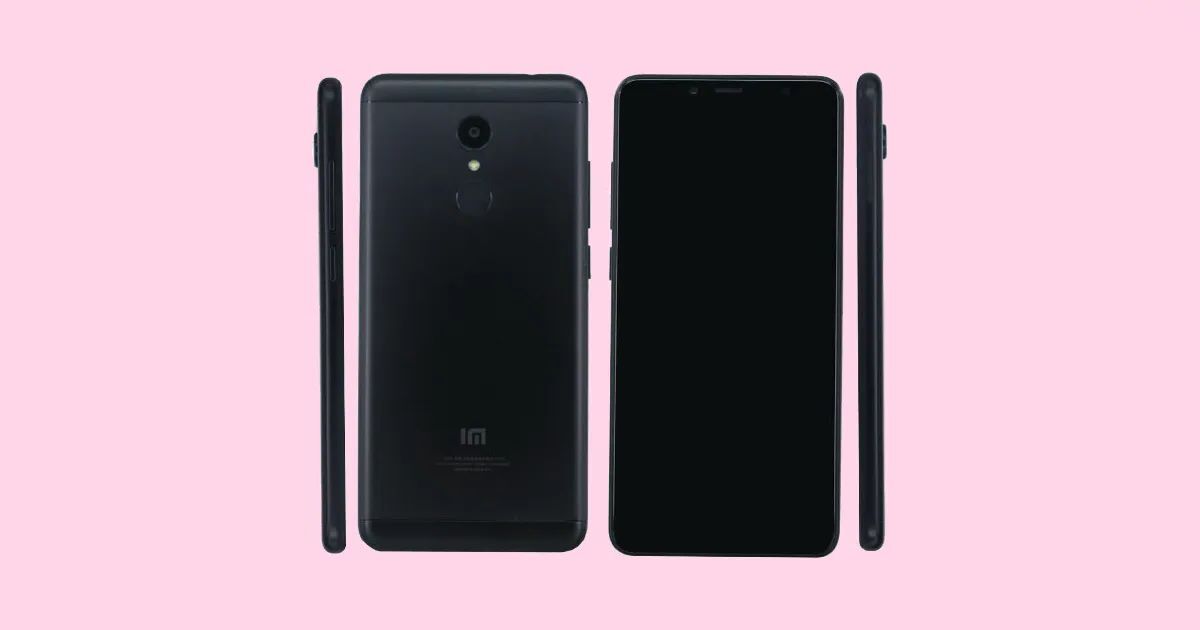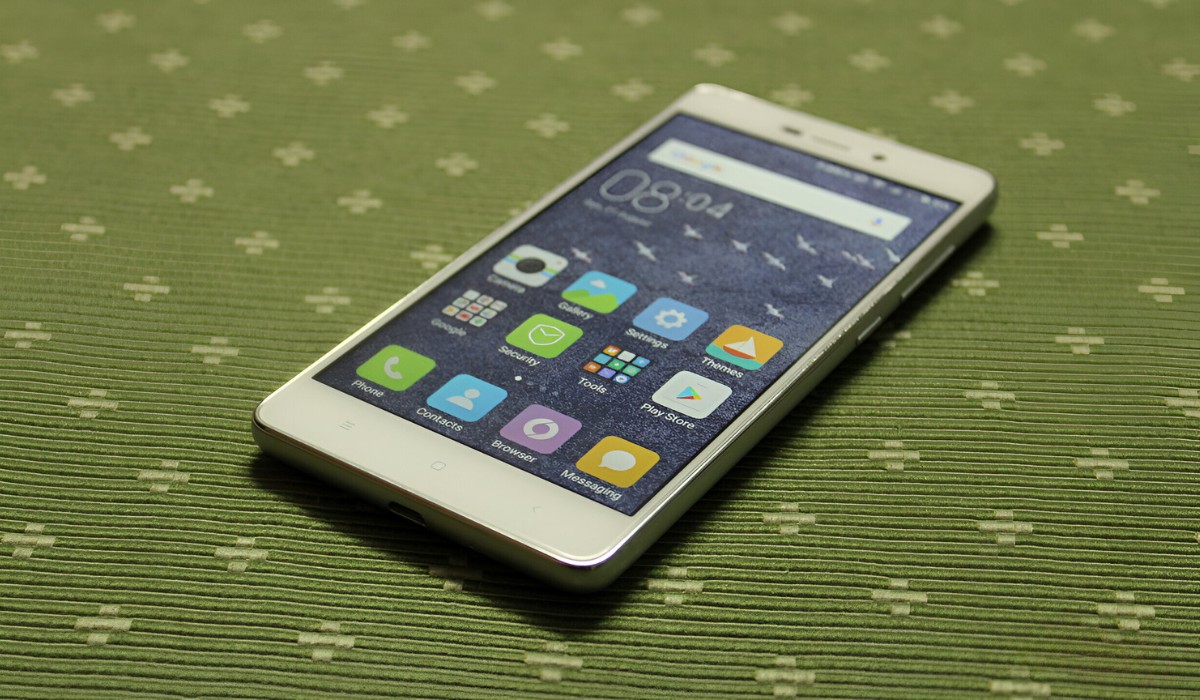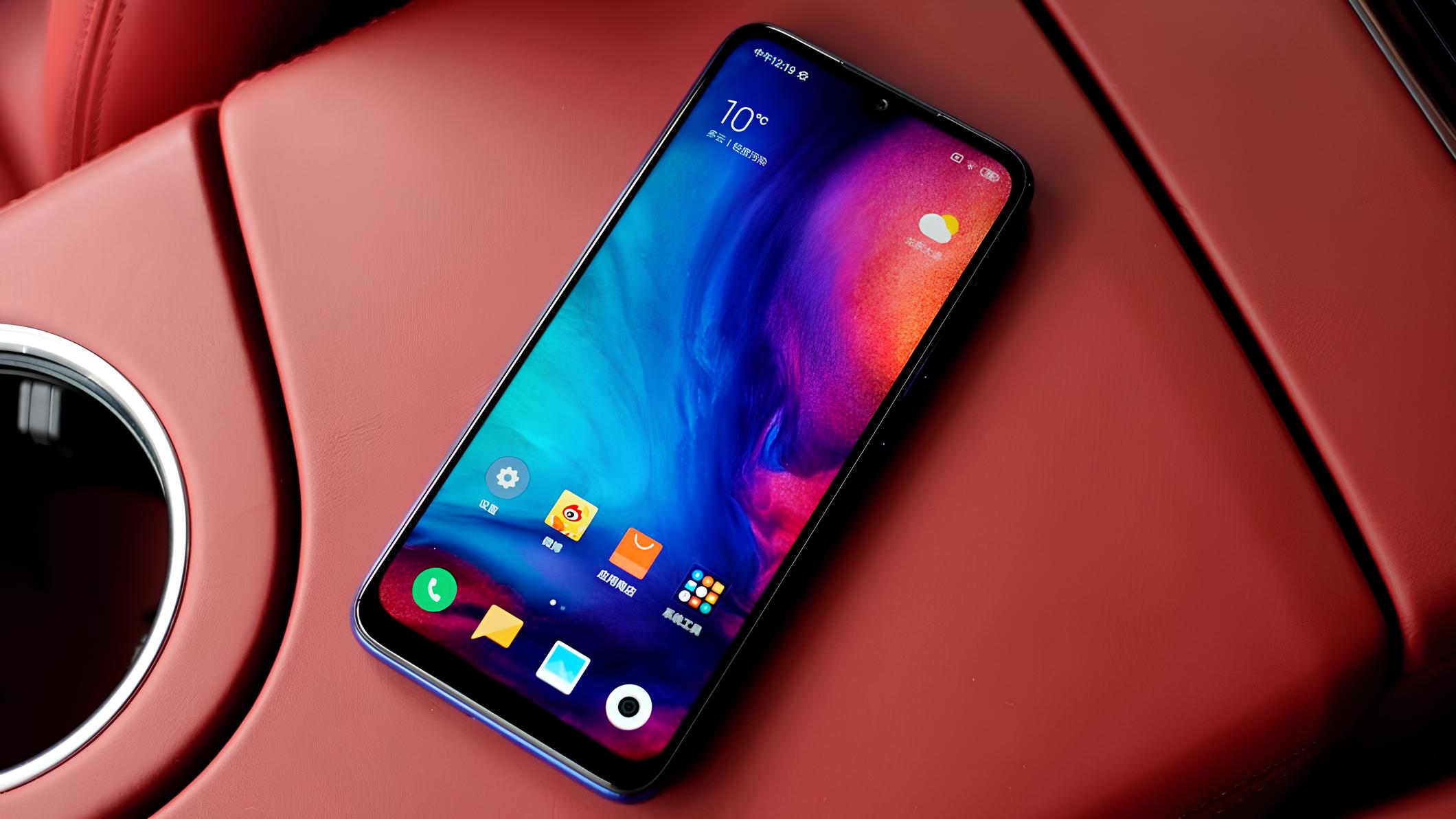Introduction
The Redmi 9 is a popular budget-friendly smartphone that offers a range of features and functionalities. One of the key elements that contribute to its performance is the MIUI (MI User Interface) optimization. MIUI is Xiaomi's proprietary Android-based operating system, designed to enhance user experience through various optimizations and customizations. While MIUI optimization is intended to improve the overall performance and efficiency of the device, there are instances where users may find it necessary to disable this feature.
In this article, we will delve into the concept of MIUI optimization, explore the reasons why one might consider disabling it on the Redmi 9, and provide a comprehensive guide on how to do so. Whether you're a tech enthusiast, a Redmi 9 user, or simply curious about mobile device optimization, this article will equip you with valuable insights into the world of MIUI and empower you to make informed decisions regarding your device's performance. Let's embark on this journey to unravel the intricacies of MIUI optimization and its relevance to the Redmi 9.
What is MIUI Optimization?
MIUI Optimization is a fundamental aspect of Xiaomi's MIUI operating system, designed to enhance the performance, efficiency, and user experience of Xiaomi and Redmi devices. This optimization framework encompasses a wide array of features and mechanisms that work in tandem to streamline the device's operations and maximize its capabilities.
At its core, MIUI Optimization leverages a combination of software enhancements, system-level tweaks, and resource management strategies to ensure that the device operates smoothly and responsively. This includes intelligent memory management, background app restrictions, power-saving algorithms, and various optimizations tailored to the specific hardware and software configuration of the device.
One of the key components of MIUI Optimization is its ability to prioritize system resources based on usage patterns and user interactions. By dynamically allocating resources such as CPU cycles, memory, and network bandwidth, MIUI Optimization aims to deliver a seamless and fluid user experience while minimizing unnecessary resource consumption.
Furthermore, MIUI Optimization encompasses performance optimizations that are designed to accelerate app launch times, improve multitasking efficiency, and reduce overall system latency. This is achieved through a combination of preloading mechanisms, caching strategies, and intelligent task scheduling, all of which contribute to a snappy and responsive user interface.
In addition to performance enhancements, MIUI Optimization also encompasses battery optimization features that aim to prolong the device's battery life without compromising user experience. This includes aggressive power-saving modes, background app restrictions, and intelligent power management algorithms that adapt to usage patterns and prioritize power-hungry apps and processes.
Overall, MIUI Optimization represents a comprehensive approach to fine-tuning the device's software and hardware integration, with the overarching goal of delivering a smooth, efficient, and responsive user experience. While the benefits of MIUI Optimization are evident in many usage scenarios, there are instances where users may opt to disable this feature to address specific requirements or preferences, which we will explore in the subsequent sections.
Why Disable MIUI Optimization on Redmi 9?
While MIUI Optimization is designed to enhance the overall performance and user experience of the Redmi 9, there are specific scenarios where users may consider disabling this feature to address their individual needs and preferences.
Performance Customization:
Some users may have specific performance requirements or preferences that are not fully aligned with the default settings optimized by MIUI. By disabling MIUI Optimization, users gain the flexibility to customize performance parameters such as CPU frequency scaling, background process limits, and system resource allocation according to their specific usage patterns and preferences. This level of customization can be particularly beneficial for users who prioritize certain tasks or applications and seek to fine-tune the device's performance to suit their individual requirements.
App Compatibility and Functionality:
In certain cases, MIUI Optimization may conflict with the optimal functioning of specific third-party applications or services. Disabling MIUI Optimization can mitigate compatibility issues and ensure seamless operation of apps that may be affected by the system-level optimizations enforced by MIUI. This can be particularly relevant for users who rely on specialized or resource-intensive applications that may not fully align with the default optimization settings implemented by MIUI.
Battery Management Preferences:
While MIUI Optimization includes robust battery management features, some users may have distinct preferences or usage patterns that necessitate a different approach to power management. By disabling MIUI Optimization, users can exercise greater control over battery management settings, including background app restrictions, power-saving modes, and battery usage optimizations. This level of control allows users to tailor the device's power management behavior to better align with their specific usage scenarios and battery life expectations.
Experimental and Development Purposes:
For advanced users, developers, or enthusiasts engaged in experimental or development activities, disabling MIUI Optimization can provide a more transparent and predictable environment for testing and optimization. By bypassing the system-level optimizations enforced by MIUI, users can gain deeper insights into the device's performance characteristics, resource utilization, and behavior under varying conditions, which can be invaluable for development, testing, and optimization purposes.
In essence, the decision to disable MIUI Optimization on the Redmi 9 is driven by the need for customization, compatibility, battery management preferences, and specialized usage scenarios. By understanding the specific motivations behind disabling MIUI Optimization, users can make informed decisions that align with their individual requirements and enhance their overall experience with the Redmi 9.
How to Disable MIUI Optimization on Redmi 9
Disabling MIUI Optimization on the Redmi 9 involves navigating through the device settings to access the developer options, where the optimization feature can be turned off. Here's a step-by-step guide to disable MIUI Optimization on the Redmi 9:
-
Access Developer Options: To begin, go to the "Settings" app on your Redmi 9 and scroll down to find the "About phone" section. Tap on "About phone" and locate the "MIUI version" or "Build number" entry. Tap on the "MIUI version" or "Build number" multiple times (usually seven times) to enable the developer options.
-
Enable USB Debugging (Optional): While in the "Developer options" menu, you may also consider enabling USB debugging, which can be useful for advanced users, developers, and enthusiasts who require additional control and debugging capabilities.
-
Access Developer Options: After enabling the developer options, go back to the main "Settings" menu and scroll down to find the newly unlocked "Developer options" entry. Tap on "Developer options" to access the advanced settings.
-
Disable MIUI Optimization: Within the "Developer options" menu, locate the "MIUI Optimization" or "Turn on MIUI Optimization" toggle. By default, this option is enabled to leverage the system-level optimizations provided by MIUI. Toggle off the "MIUI Optimization" switch to disable this feature.
-
Confirmation: Upon toggling off the "MIUI Optimization" switch, you may be prompted to confirm the action. Confirm the disabling of MIUI Optimization to apply the changes.
-
Reboot the Device (Optional): While not always necessary, some users prefer to reboot their device after making significant system-level changes. If desired, you can reboot your Redmi 9 to ensure that the disabling of MIUI Optimization is fully implemented.
It's important to note that accessing the developer options and making system-level changes carries a certain level of risk, and users should exercise caution and ensure they understand the implications of their actions. Disabling MIUI Optimization may impact the default performance and power management settings of the device, and users should carefully evaluate their specific requirements before proceeding with this customization.
By following these steps, users can effectively disable MIUI Optimization on the Redmi 9, granting them greater control over performance, battery management, and system behavior. This level of customization empowers users to tailor their device to suit their individual preferences and usage patterns, ultimately enhancing their overall experience with the Redmi 9.
Conclusion
In conclusion, the decision to disable MIUI Optimization on the Redmi 9 is a nuanced choice that hinges on individual preferences, usage patterns, and specific requirements. While MIUI Optimization represents a comprehensive framework designed to enhance the device's performance, efficiency, and user experience, there are compelling reasons why users may opt to disable this feature.
By understanding the underlying motivations for disabling MIUI Optimization, users can make informed decisions that align with their unique needs. Whether it's the pursuit of performance customization, addressing app compatibility concerns, refining battery management preferences, or engaging in experimental and development activities, the ability to disable MIUI Optimization empowers users to tailor their device to suit their distinct requirements.
It's important to approach the decision to disable MIUI Optimization with a balanced perspective, considering the potential implications and trade-offs associated with customizing system-level optimizations. While disabling MIUI Optimization grants users greater control and flexibility, it also entails a degree of responsibility in managing the device's performance and power management settings.
Ultimately, the ability to disable MIUI Optimization on the Redmi 9 underscores the ethos of user empowerment and customization, allowing individuals to shape their device's behavior in accordance with their preferences. This level of control fosters a more personalized and tailored user experience, catering to a diverse range of usage scenarios and user preferences.
As technology continues to evolve, the flexibility to customize and fine-tune device settings becomes increasingly valuable, enabling users to optimize their devices to suit their evolving needs and preferences. Whether it's optimizing performance for specific tasks, ensuring seamless app compatibility, or refining battery management strategies, the option to disable MIUI Optimization on the Redmi 9 exemplifies the intersection of user empowerment and technological adaptability.
In essence, the ability to disable MIUI Optimization on the Redmi 9 embodies the spirit of user-centric customization, offering a pathway for users to exert greater influence over their device's behavior and performance characteristics. By embracing this level of customization, users can unlock new dimensions of personalization and control, enriching their overall experience with the Redmi 9 and paving the way for a more tailored and responsive user journey.










